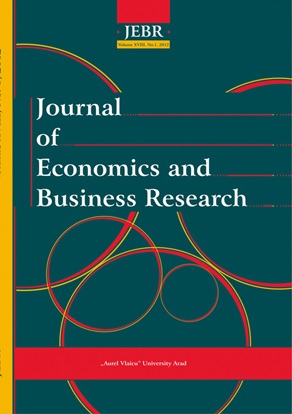An Application of the Fuzzy Method in the Analysis of Family Farms
An Application of the Fuzzy Method in the Analysis of Family Farms
Author(s): Sándor Elek, Ottilia György, László Illyés, Emőke-Katalin PéterSubject(s): Economy
Published by: Editura Universității Aurel Vlaicu
Keywords: agriculture; family farm; part-time farm; fuzzy modell; households
Summary/Abstract: One of the most important characteristics of new EU member states consists in the fact that the importance of agriculture and rural areas is much higher than in the EU15 states. This is especially true with reference to Romania where even among the new member states the economic and social importance of agriculture is especially prominent. As in most of the new member states a dual agricultural structure has formed in Romania as well. This situation raises several questions to be answered: what are the reasons and how these processes evolve following the EU accession? That is: can small farms survive, will the heirs want to continue farming? In order to achieve our research goals we have used several data sources and different study methods. Beyond literature, official documents and case studies we used interviews conducted with local specialists, as well as statements and grant application materials made available to us locally. With reference to questionnairing we applied the gradual (multistage) random selection. In conformity with the problem to be examined and the nature of farms we did not consider farms, but households as accounting or questioning units. As a result of our research we may assume that present land structure will not undergo fundamental change in the upcoming years. We may assert this both on the basis of the conducted interviews and founded on the fuzzy model drawn up on the database of our questionnairing. Thus it seems that the agricultural structure of Szeklerland is quite „crisis resistant.” This is partially due to social determinants, partially to economic incentives and constraints (increasing food prices, lack of jobs, low income, etc.).
Journal: Journal of Economics and Business Research
- Issue Year: 22/2016
- Issue No: 2
- Page Range: 115-134
- Page Count: 20
- Language: English

